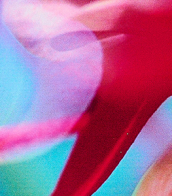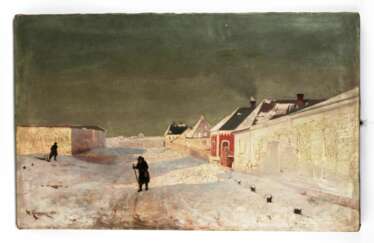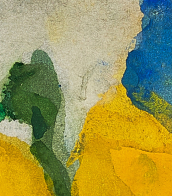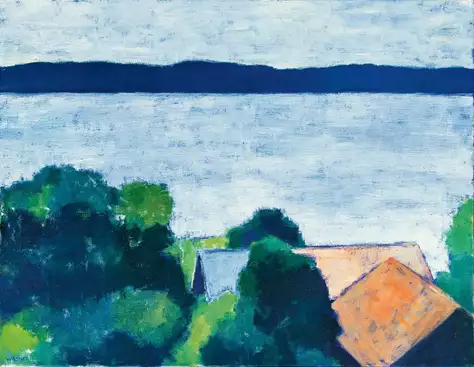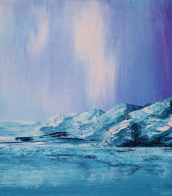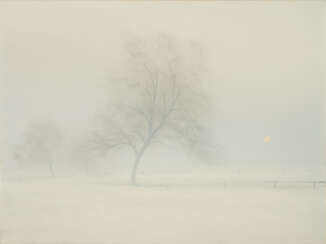пейзаж зима

Erich Heckel was a German painter and printmaker, and a founding member of the group Die Brücke ("The Bridge") which existed 1905–1913. His work was part of the art competitions at the 1928 Summer Olympics and the 1932 Summer Olympics.


Peter Franz Caesar Bimmermann was a German-Dutch landscape painter.


Theo Champion was a German painter. His work was part of the painting event in the art competition at the 1928 Summer Olympics.


Walter Ophey was a German artist. He was known for his modernist paintings, which often depicted landscapes and still-life scenes.
Ophey studied at the Academy of Fine Arts in Düsseldorf. His early work was influenced by Impressionism, but he later became associated with the Expressionist movement.
In 1909 Ophey, together with some other Düsseldorf artists, formed the artistic group the Special Union (Sonderbund). The first chairman of the Special Union was the well-known German philanthropist and collector Carl Ernst Osthaus. In the following years this group became one of the most powerful avant-garde art movements in Germany.
Ophey's paintings are characterized by their bright colors and bold, simplified forms. He often depicted rural landscapes and still-life scenes, infusing them with a sense of emotional intensity. He was also known for his use of color, which he used to convey mood and atmosphere.
Ophey's work was exhibited extensively during his lifetime, including at the Berlin Secession and the Salon d'Automne in Paris. Despite his relatively short career, he was recognized as an important figure in the development of modernist painting in Germany.


Adolf Stademann was a 19th century German painter. He specialised mainly in rural and urban winter landscapes.


Andreas Schulze is a German painter.
Andreas Schulze first began showing alongside neo-expressionist artists in the 1980s, although his work was considerably less gestural than that of his contemporaries. The artist instead opted for more rounded forms, which he used to create a playful, humorous style of figuration. Typical subjects included the contents interior spaces — such as pillows, lamps, and furniture — which he merged with more ominous abstraction.


Georg Tappert was a German expressionist painter.
Tappert studied at the Academy of Fine Arts in Berlin and later joined the Berlin Secession, a group of artists who sought to break away from traditional academic art. His early work was influenced by the Art Nouveau movement, but he later became associated with German Expressionism.
Tappert's paintings are characterized by their vivid colors and expressive brushstrokes, which conveyed a sense of emotional intensity. He often depicted scenes of modern urban life, such as cafés, streets, and theaters, as well as portraits and still-life compositions. He also produced a significant body of graphic work, including woodcuts and lithographs.
Tappert's work was exhibited extensively during his lifetime, including at the Berlin Secession and the Städtische Galerie in Munich. He was also awarded numerous honors and awards for his work, including the Villa Massimo Prize in Rome in 1911 and the Grand Cross of the Order of Merit of the Federal Republic of Germany in 1955.


Carl Cowen Schirm was a German landscape painter and inventor. He is the youngest in the line of realist painters of Wiesbaden. He studied painting at the Baden art school Großherzoglich in Karlsruhe.
From 1883 to 1889, he was head of the studio for landscape paintings in the Silesian Museum of Fine Arts in Breslau, and then from 1898 to 1913 in Berlin.


Gustav Wunderwald was a German painter and stage designer, a representative of the New Objectivity movement.
Wunderwald studied painting at the Cologne studio of Wilhelm Kuhn and worked as a designer in Gotha. Since 1912 Wunderwald served as a set designer at the Deutsche Oper in Berlin. As a painter Wunderwald created about 200 paintings in various genres.

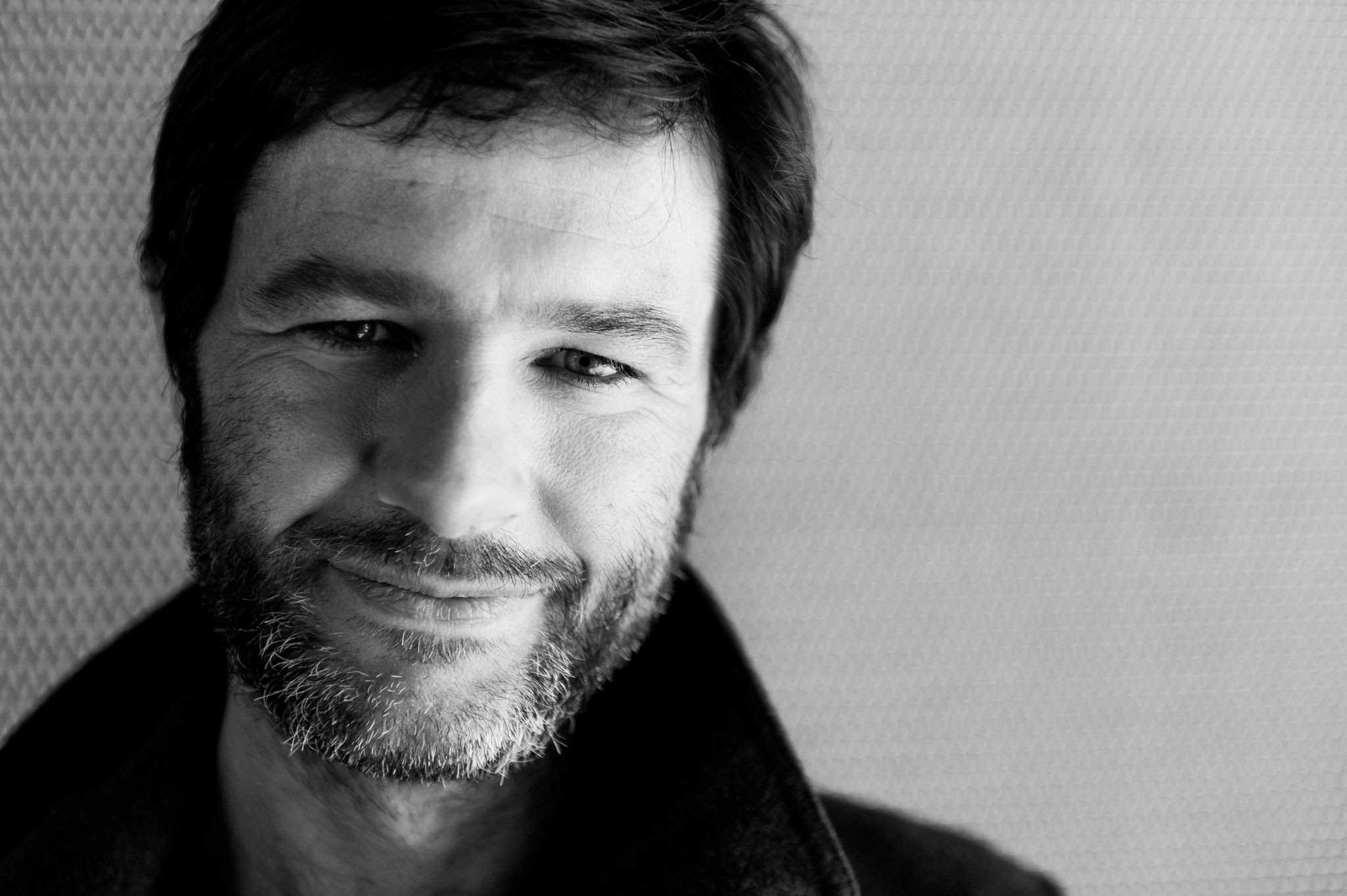
Wilhelm Sasnal is a Polish painter, photographer, poster artist, illustrator and filmmaker.
Sasnal graduated from the Academy of Fine Arts in Krakow, specializing in painting. Besides painting, he creates drawings in pencil and ink. The artist takes his subjects from everyday life, using images from media, propaganda and pop culture. Sasnal often paints from photographs and moves freely from figurative painting to abstraction.
Wilhelm Sasnal is considered one of the most prominent and internationally successful Polish contemporary artists.
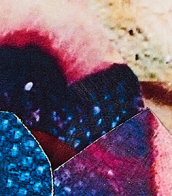

Curt Mühlenhaupt was a German artist He was a prominent figure in the post-World War II art scene in Berlin and is known for his distinctive style that combined elements of figurative and abstract art.
Mühlenhaupt's work often depicted the everyday life of Berliners, especially those living in the working-class neighborhoods of the city. He was interested in the contrast between the dilapidated and gritty aspects of the city and the resilience and humor of its inhabitants. His paintings and drawings were characterized by bold, thick brushstrokes and a vibrant use of color.
In addition to his paintings and drawings, Mühlenhaupt was also known for his work in other mediums, such as printmaking and photography. He was a prolific artist, producing a large body of work over the course of his career.
Today, Mühlenhaupt's work is held in collections around the world, including the Berlinische Galerie and the Museum of Modern Art in New York.


Frantisek Emler was a Czech painter, draftsman, graphic artist, illustrator, and stage designer.
He studied at the Academy of Fine Arts in Prague, was a student at the Academy of Fine Arts in Rome, and then at the Ecole Nationale Supérieure des Beaux-Arts in Paris.
Emler painted still lifes and portraits, but his main subject was landscape painting. He was the author of sets for several opera and theater productions and also illustrated several books.


Karin Kneffel is one of Europe's most outstanding contemporary artists.


Karl Hauptmann was a German landscape painter who specialised in mountain views.


Olafur Eliasson is an Icelandic–Danish artist known for sculptured and large-scale installation art employing elemental materials such as light, water, and air temperature to enhance the viewer's experience. In 1995 he established Studio Olafur Eliasson in Berlin, a laboratory for spatial research. In 2014, Eliasson and his long-time collaborator, German architect Sebastian Behmann founded Studio Other Spaces, an office for architecture and art. Olafur represented Denmark at the 50th Venice Biennale in 2003 and later that year installed The Weather Project, which has been described as «a milestone in contemporary art», in the Turbine Hall of Tate Modern, London.
